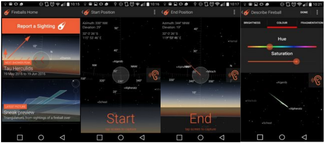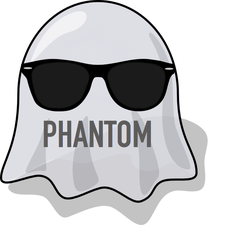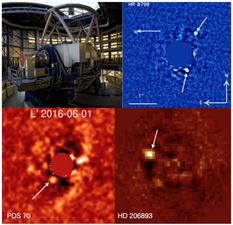
StarFit is an innovative tool that matches observed stellar abundance data to nucleosynthesis abundance patterns from computer models of stellar evolution and supernova explosions. However, over time, the tool had become outdated and incompatible with dependencies, prompting a project to revamp and enhance its capabilities. The science team, led by Prof. Alexander Heger (Monash University), outlined several key objectives: updating the StarFit website, creating a PyPI package for offline use, enabling multiple model databases, and allowing easy addition of new databases. These upgrades aim to make StarFit more accessible and useful to the scientific community.
The StarFit website has been restored to a fully functional state, and a GitHub project was established to facilitate easy replication of the server setup to other machines. This not only aids in testing but also ensures seamless deployment to production servers. Additionally, the StarFit Python package has been modernised and prepared for easy deployment to PyPI. Significant improvements were made, including the introduction of modern software tools and workflows such as linting, formatting, and automated tests.
Moreover, the project successfully implemented the ability to add new databases, broadening the tool’s applicability. Now, multiple databases can be used together, enabling researchers to match combinations of massive star yields with r-process yields.
The revamped StarFit tool now stands as a more robust, versatile, and user-friendly resource for the scientific community. The collaboration between the science team and ADACS developers has been instrumental in achieving these results. As the science team noted, “David and Conrad went well beyond what was expected and fixed/contributed code well outside the initial project goals. They continue to provide support with the further development and growth of the project.”
Project Image: Screenshot of the StarFit online tool.

Check out some of our other projects.

A software audit for the Fireballs in the Sky app to understand what work is needed to update or remake the app so that it can again be published in the app stores.

ADACS improved the performance of the PHANTOM SPH code by improving its MPI communication patterns and optimising memory reallocation. Additionally, these upgrades prepare the code for future optimisations.

ADACS significantly enhanced the NaCo pipeline by parallelising key functions within the VIP library, reducing execution times by a factor of six and enabling more efficient processing of direct imaging data from the ESO archive and beyond.